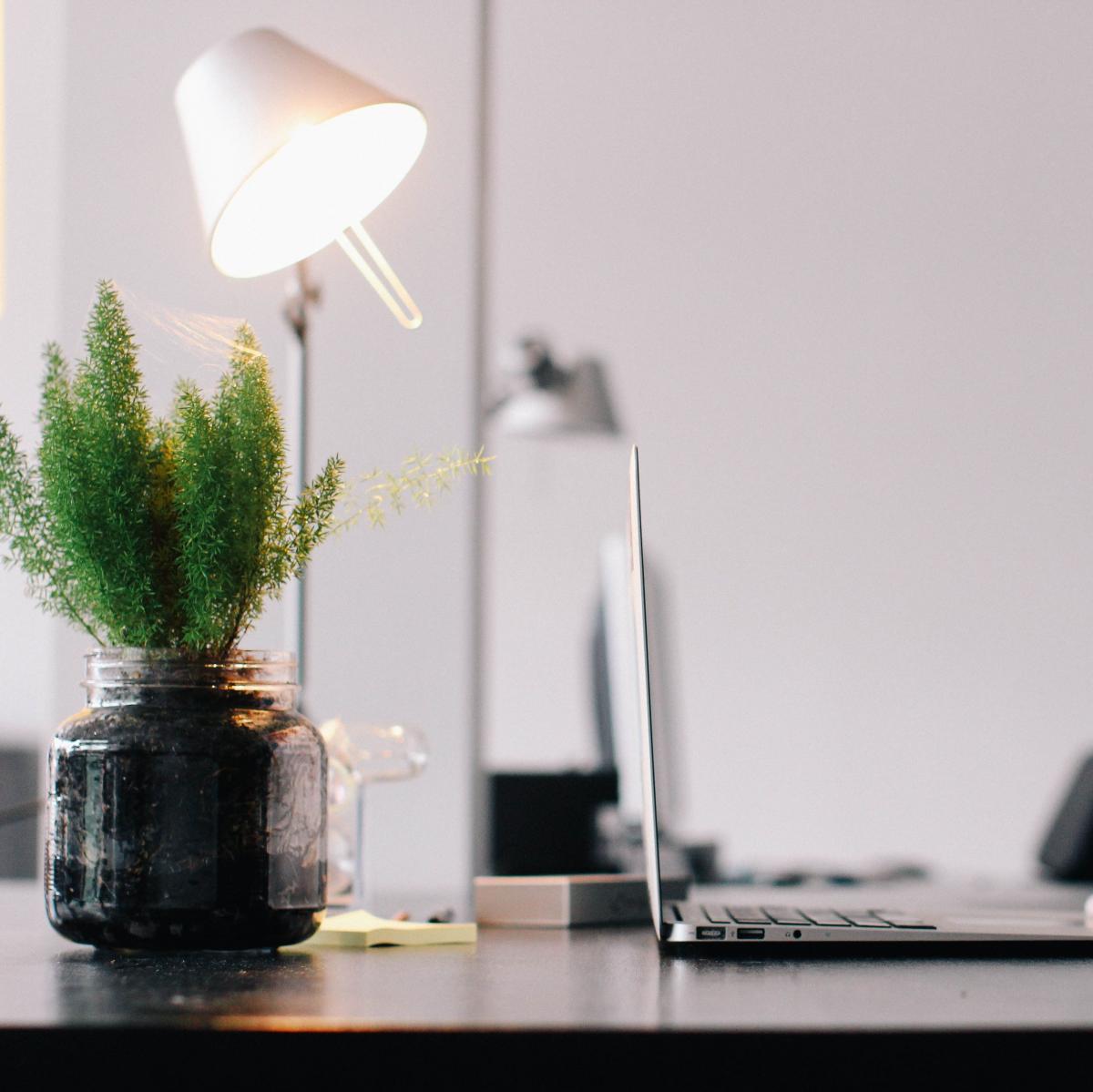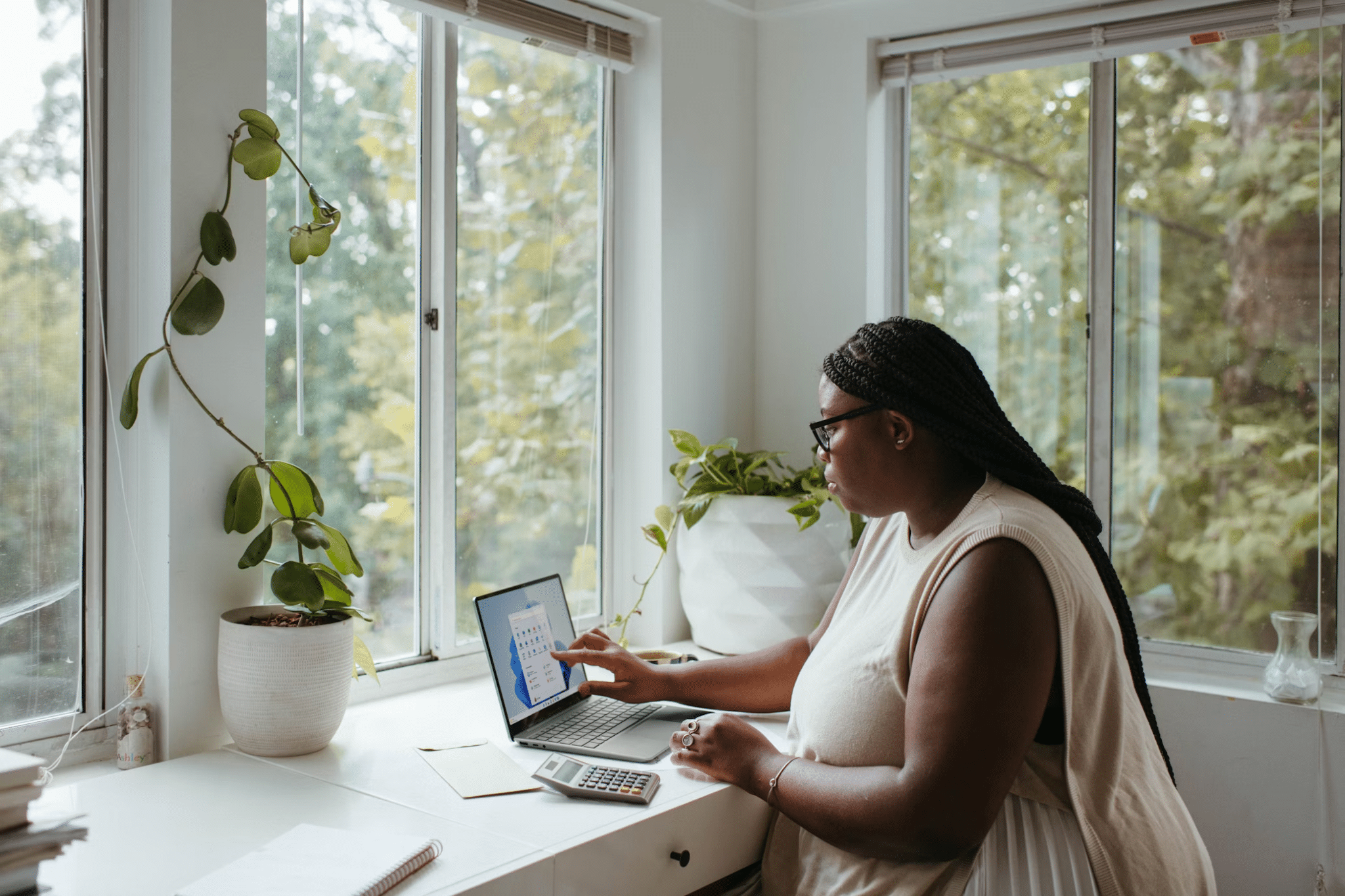Between 1998 and 2020, the number of people working from home increased from around 3 million to nearly 6 million, with the largest increase, of course, occurring between 2019 and 2021.
With the rise of technology, it feels like we’re steadily working out that anything we can do in an office, we can do just as well in our own households, with most businesses now solely utilising digital tools and platforms to keep their operations running.
There are things to think about and avoid, of course. Establishing clear and consistent communication channels is essential, and the social aspect of work must be remembered to promote mental well-being. But when it comes down to it, there doesn’t seem to be much debate that remote working is the way to go, and it won’t be long until every company embraces it.
If you’re a remote worker, then, what exactly can you do to maximise the benefits? As we’ve just mentioned, our productivity in a home office can be just as strong as our productivity in a work office, but that’s not to say that remote work doesn’t come with its own set of challenges. It’s important to remember, for instance, that you’re working from home, which means there are numerous distractions that can take you away from your job.
Whether it’s household chores, pets, family members, or the temptation to simply let your mind wander, there are plenty of opportunities for you to drop the productivity-ball, making your home office more of a distraction zone than a truly productive space.
As well as this, there’s also your mental well-being to think about. Work can be stressful, but many people across the globe have learned to leave those stresses behind in the office and completely switch off when they’re in their own household. When you work remotely, however, the ability to do this is taken away from you, with the boundaries between work and personal life becoming far more blurred.
Creating a Home Office
In our opinion, there’s an easy answer to all of this, and it comes in the form of the office itself. First off, you need to have one! Working from the lounge, the kitchen, or the bedroom is perfectly feasible, but when it comes to setting clear boundaries, it’s going to be a lot harder if you don’t have a dedicated space to wire in and slip into “work-mode”.
Whether it’s a dedicated work-room or even a renovated garden shed, the key is to create a space solely for work, keeping your business environment separate from your living space to establish the boundaries between professional and personal time. Once you’ve done this, it’s all about designing an office that works both from a professional standpoint and a mental one.
Now, you could stop reading this article right now and head straight to an interior designer. We wouldn’t blame you! In 2025, there are numerous interior designers to work with, each of which will be highly skilled and experienced in designing a remote office.
You don’t even have to do a lot of research – oftentimes, you can judge an interior designer’s skills solely by their website. Many professionals rely on a ready-made interior design website template to create a polished online presence, but when it comes to projects like designing a home office, they craft everything from scratch to suit the client’s unique needs.
Ergonomics and Lighting

The first thing to focus on is ergonomics. Unbeknownst to some, your physical comfort plays a huge role in how productive you are, with studies finding that comfort can reduce stress, improve focus, and enhance your overall well-being.
To achieve this, then, it’s up to you to ensure that your workstation is tailored to your body’s needs, with a good, ergonomic chair that provides support and encourages a neutral spine position. Your desk should also be set at a height where your elbows are at a 90-degree angle when typing, with adjustable furniture being the perfect solution to reduce any negative effects of prolonged sitting and poor posture.
Lighting can similarly be a crucial factor in both a practical and luxurious home office. From a practical point of view, it’s proven that natural light is one of the best ways to boost mood and productivity, so try to position your desk near a window if possible. If not, try to invest in good artificial lighting – bright, cool lights can mimic daylight and keep you alert, while warmer tones can create a more relaxed atmosphere, with less of a harsh glare.
From a luxury point of view, lighting fixtures that complement your overall office design can add a touch of elegance and sophistication, whether that’s thorough statement chandeliers, sleek floor lamps, or modern desk lamps.
Even the bulb itself can be an important factor. Remember the last time you walked into a classy hotel? The lighting was a key part of the ambiance, right? In most luxurious spaces, there’s often a warm, welcoming atmosphere, with an emphasis on low, warm light to create a sense of elegance. The same thing can be done in your own office, perhaps even with smart bulbs so you can get the best of both worlds.
Technology and Personality
Since remote work revolves around technology, it’s also a good idea to make sure your office is equipped with the right tools. This includes a fast, reliable internet connection, a quality microphone and camera for video calls, and any other specialised equipment you may need for your role. This is a given, of course, but it’s also important to consider a balance.
That is to say, while your office will revolve largely around technology, you can always counter that by infusing more natural elements into the space. For example, you can bring in some plants to add a touch of greenery and a sense of calm. Studies show that plants can reduce stress and benefit your mental health, so this makes them a great companion if you work in a stress-inducing job.
Another way to balance the tech-heavy nature of remote work is by incorporating natural textures like wood or stone in your furniture or decor, making the office a visually striking space that you actually want to linger in. Just because it’s a place of work, that doesn’t mean it has to be a dull, uninviting space that echoes mundanity – save that for office buildings! On the contrary, you have the ability to create a space that beautifully reflects your personality and creativity, infusing it with unique, personal touches that make you happy.
Conclusion
As we mentioned previously, you could save yourself time by hiring an interior designer and working with them to realise your vision, but it’s perfectly possible to do all of this by yourself.
The key is to visualise the kind of space where you’d be happy to spend eight hours a day, and then put as much as you can into making that space a reality. For better or for worse, you’re going to be spending the majority of your time in this room – or garden shed! – so in many ways, it’s the most important part of your home’s interior design to get right. Make sure, then, to give it the time it deserves and give yourself a space that is both practical and luxurious.

